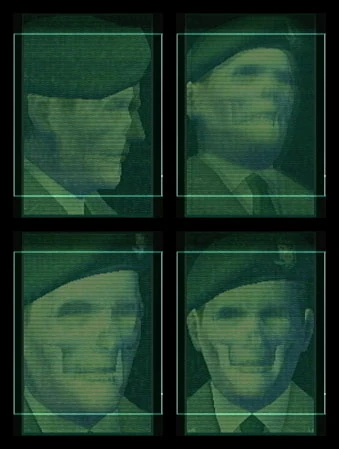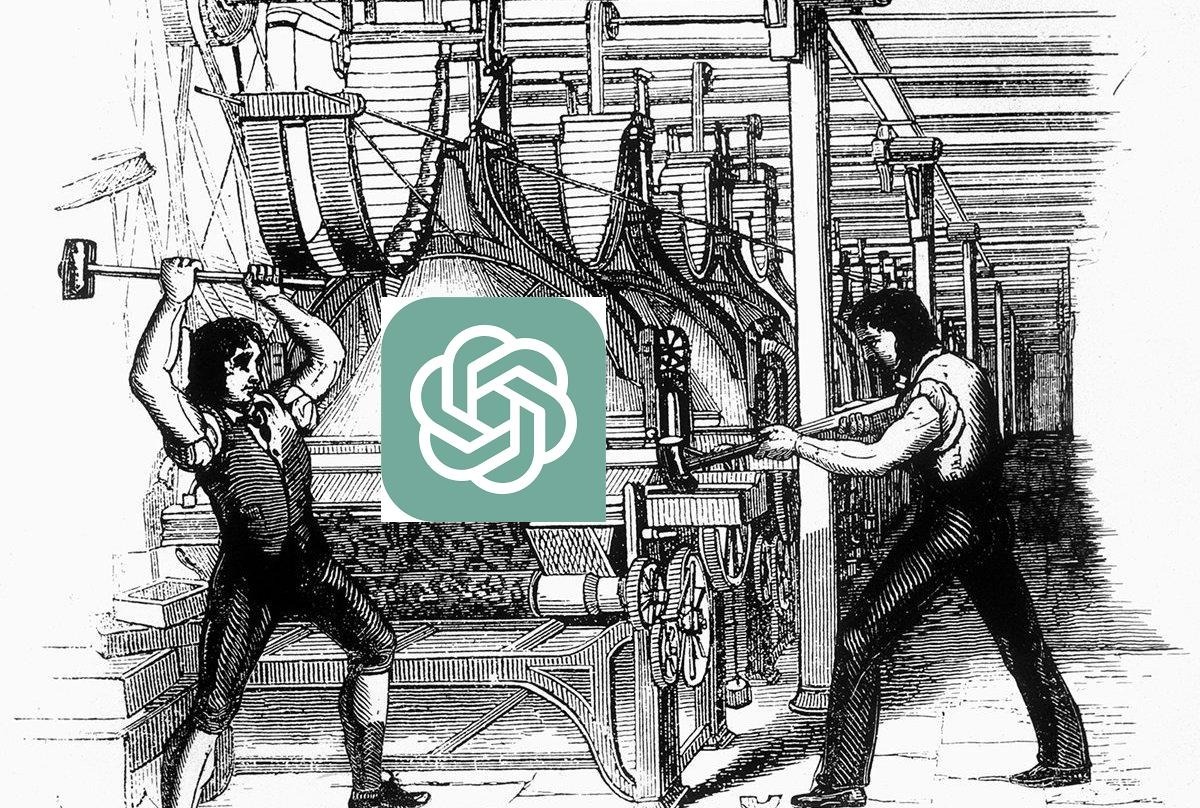(apply reason)
Resume Portfolio Contact RSS Github LinkedIn Instagram
A place for friends
Hi, I'm John, and this is my website.
Please see my contact for business inquiries.
Articles & writing
The mind, destitute
While this page sat blank for 2 days
ants fill an innumerable parade
What posesses them?
Soon, my march will end
For humanity, I pray a fool's prayer
That we find our most significant insignificance
…
Funny Glasses Man
Bespectacled and respectable
Conqueror king of society and all designs
Ah, his office commands respect
But it is no different, where the coffee sits
just in reach, a sip, and his men will be in the pits
Behind the camera, makeup chair, at the editors desk
We see on the monitor
Someone who wishes to be unlike us …
On a seam
I find myself exiting a subway train, my father is there with me.
I walk up the stairs of the station, between layered halls of glass reflecting a brutalist, grey masonry reminiscent of calculated machinery. I assume the architect means to impart the experience of being inside an engine gearbox. People flood the station concourse like oil over meshed cogs, uniformly wiped in their dark business attire.
Coming out through the shaft, to the exit, the early evening sky is an odd haze of purplish smog. A cool breeze pushes the passers by along the sidewalk. Something feels familiar about this place, it's somewhere I've been before, albeit unsettling.
My father looks to the tall buildings in the distance, but is cut off by a man walking past. The man seems to exist in two places at once, he loses a step but continues as if nothing happened. I remark "the …
What's outside of here?
Writing computer code is a funny business, fundamentally an exercise in taking a random walk across many abstract concepts to achieve some more concretely defined goal. Different people will see this 'abstractness' in different ways. Personally, the only ground truth I find is in the symbolic representation of programs that guide these machines we call computers, but even that is a fiction in some sense. Symbol and switching rates do have physical limitations, so there is an upper bound on the expressions of programs, but everything between that and the act of naming things are ultimately figments of our imagination. Some might even question if we're all that good at it anyway.
I make this preface to highlight a sentiment I occasionally run across, that there are easily discernible levels of abstraction in …
The Banality of Evil

Figure 1: "But in the current, digitized world, trivial information is accumulating every second, preserved in all its triteness." – Metal Gear Solid 2
WARNING: Spoilers for Metal Gear Solid 2 follow
The postmodern movement in the arts came about as a response to a perceived apex in humanity's ability to inflict suffering upon itself; creating spaces that made clear the pretentions of modern rationality, only those who indulge in the absurd will be afforded clarity.
Of course, an absurdist take on the current state of the world provides a natural camoflauge, a perfect stage to play out an audience's beliefs while leaving them open to subversion. The writers of Metal Gear Solid 2 made such an attempt to great success, leaving players in 2001 completely blindsided and nearly unconscious to the …
My form is timeless, yet existing in finitude
Your desires exist separate, alien to me
Yet you try to write it down
Think the right thoughts
Say the right words
Were they right?
Though your hands may touch the world
I halt your mind's reach …
Vital Matters at the Fowler
An interactive gallery experience
Tools for tracking classroom engagement
Demonstration of an application that gives teachers realtime metrics and visualizations of classroom attention. I consulted on the concept and provided guidance on using React Native to build the clientside application.
Parking space management with minimal overhead
This was the final deliverable for a computer architecture class. We were asked to design an IOT product that would solve a specific problem, and the greatest threat to any Monterey Bay student in 2018 was finding a parking spot on-time for class.
We acknowledged the fact that all the university parking lots were in open-air and had proximity to the school's WiFi. Therefore, we created an IOT-connected sensor to detect open parking spaces, and report needed parking spaces to students. This device only requires WiFi access points to operate, and can be placed at the end of any parking spot. All the software needed can be run in on-demand compute services for a minimal cost. I ended up providing the IOT glue for the device, the frontend webapp, and orchestrated the backend services to demonstrate sending parking updates to students.
"The Soft Bigotry of Low Expectations"

Figure 2: OK Loomer
The Techno-Optimist is quite the conflicted character, somehow being a superposition of enlighted philanthropists, venture capital golddiggers, self-aggrandizing memers, Ada Lovelace and Bertrand Russell. Simultaneously a champion for progress, not in the here and now, but also not one of those thousand yard stare Effective Altruists you keep hearing about. Here in the land of optimistic outlook, the techno-capital machine creates no pollution, lets the market be free, and manifests post-scarcity levels of abundance. Also, criticism is for losers, smoke some crack or something.
However, as Hegel's dialectic informs us, forms exist through their inherent contradictions. Stronger forms descend of their ancestors, rid …
resume
john-j-sullivan@outlook.com | +1-213-910-4003 | GitHub | LinkedIn
Software Engineer | Walmart via Insight Global
March 2021 - September 2023
Clojure-based event sourcing, Kafka, Grafana, CI/CD on Kubernetes
- Creating solutions for pushing real-time updates of price information to stores through the Walmart chain
- Maintaining and improving a customized, large-scale event sourcing pipeline
- Adding visibility to production performance through Grafana
…
Make software simple again
There's a commentary section that follows the list, read it for purpose/background on this article. If you have suggestions, please contact me or send a github PR for this page.
The List
Consolidating implementation effort
The following sections highlight ideas that make it simpler to create and inspect software systems. …
There is only one impossible problem: naming things
What greater form of violence is there, than to create concretions of identity
To know the composition of yourself and the world you inhabit
Such depth, suffocated by the shallow puddle of symbol and shorthand
Freedom and purpose, truncated for comfort
…
Here's some of my other work from the web
Vital Matters at the Fowler
An interactive gallery experience …
Pieper Construction Portfolio
A local construction company in LA needed a new website to exhibit their previous work. Their old site was predicated mostly on SEO content, without much for human visitors to see. I took some queues from other contractor portfolios and made a gallery page which expands to show the summaries of the jobs. …
Scene Scheduling for the LA Music Center Plaza
Over the past few years, the Los Angeles Music Center has installed an IP camera system and signboard monitors to create altered reflections of their plaza space. yU+co has taken this system and used it to apply style-transferred projections and other effects to those passing by.
I was contracted to provide a simple scheduling mediator for the different effects used by the system, and allow for creating detailed schedules for the week, by day, hour, scene and various controls for duration and immediate scheduling. This allows the operators to control the central touchdesigner application externally, and save persistent schedules that can be swapped for different times of the year, all from a simple web application. …
Tools for tracking classroom engagement
Demonstration of an application that gives teachers realtime metrics and visualizations of classroom attention. I consulted on the concept and provided …
Find places and events right around you
An experimental social network that allows you to anonymously create 'beacons' on a shared map. The beacons can tell others what you're up to or things going on in the area, through text and/or images. You can click on these beacons all over the map, or you can view them as a feed with more details. …
Parking space management with minimal overhead
This was the final deliverable for a computer architecture class. We were asked to design an IOT product that would solve a specific problem, and the greatest threat to any Monterey Bay student in 2018 was finding a parking spot on-time for class.
We acknowledged the fact that all the university parking lots were in open-air and had proximity to the school's WiFi. Therefore, we created an IOT-connected sensor to detect open parking spaces, and report needed parking spaces to …
VR exercise gamified
Concept of an infinite runner as a VR exercise game. I worked on this as part of a small team for my game programming final project.
I implemented a primitive motion tracking solution based on work I had done for a past research project. The game is able to track quick side-to-side movements or jumping, and maps it in-game so you can avoid obstacles approaching you. This works by calibrating offsets against the accelerometer, and checking the magnitude of acceleration in each direction to determine which way the player wants to dodge. …
The world's greatest robot, you wouldn't believe
Content warning
This is not an endorsement of facism.
What happens when you put Donald Trump's twitter account into a recurrent neural network? You get a trump robot of course.
The notebook has more details on how this works, but here's a sampling of the final product
- Doug Jones are using the incompetent and back to Super Monthman Steep and so many go? Great job on @nbc @FoxNews but we've said that took lead trade!
…
Multi-user interaction surface
Working demonstration of multiple LeapMotion infrared trackers being used on one PC. This work was intended for an interactive projection surface, and would allow multiple people to manually interact with applications displayed on the …
Hand Gesture Recognition using Muscle Flexing Sensors
A poster I co-authored demonstrating a novel gesture sensor, built from …
resumee
john-j-sullivan@outlook.com | +1-213-910-4003
Admin Assistant | Pieper Construction
August 2019
- Responsible for book keeping, permit filing and other clerical tasks
- Maintenance of company website
- Jobsite help for low voltage electrical and networking equipment
Volunteer | LA Regional Food Bank
Contact
John Sullivan
Email <john-j-sullivan at outlook dot com>